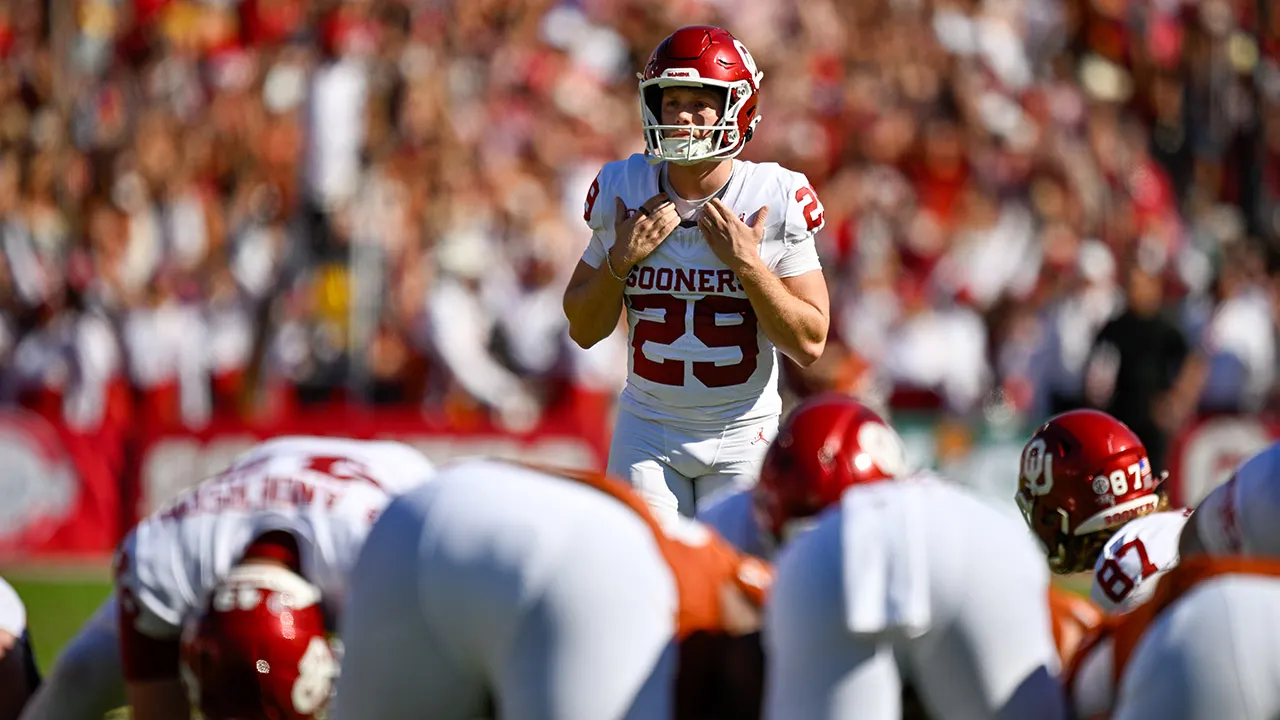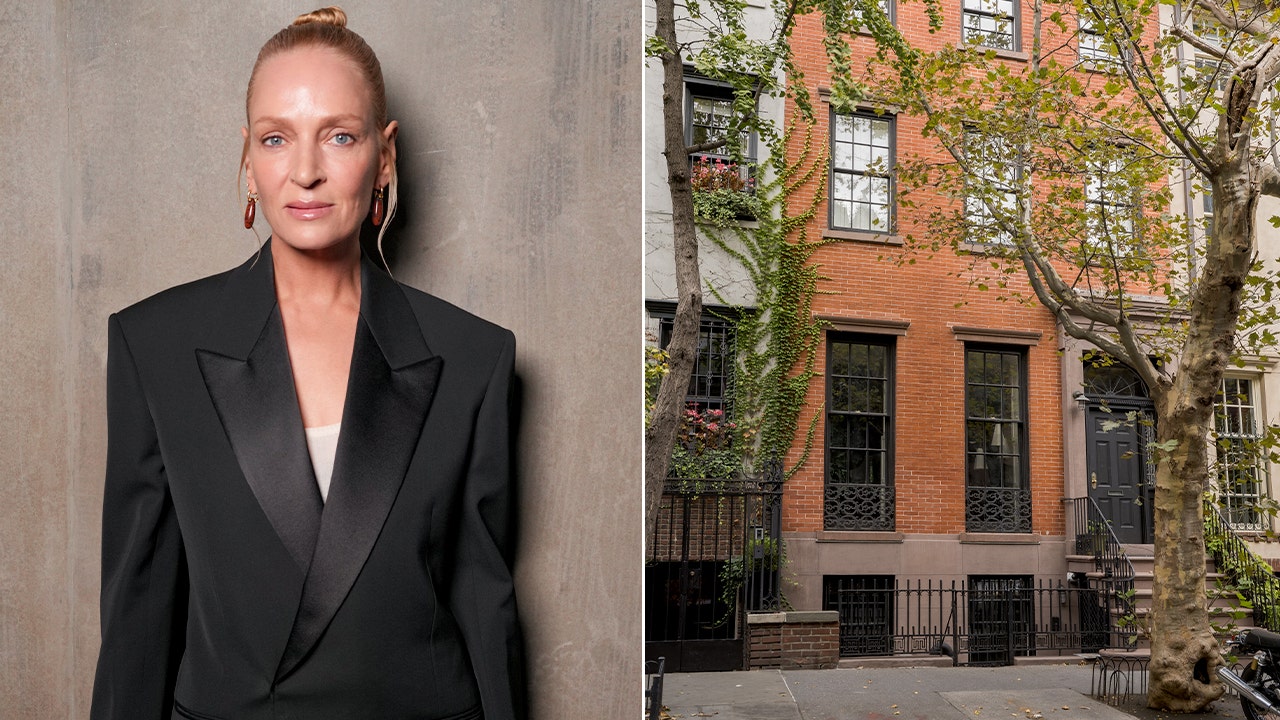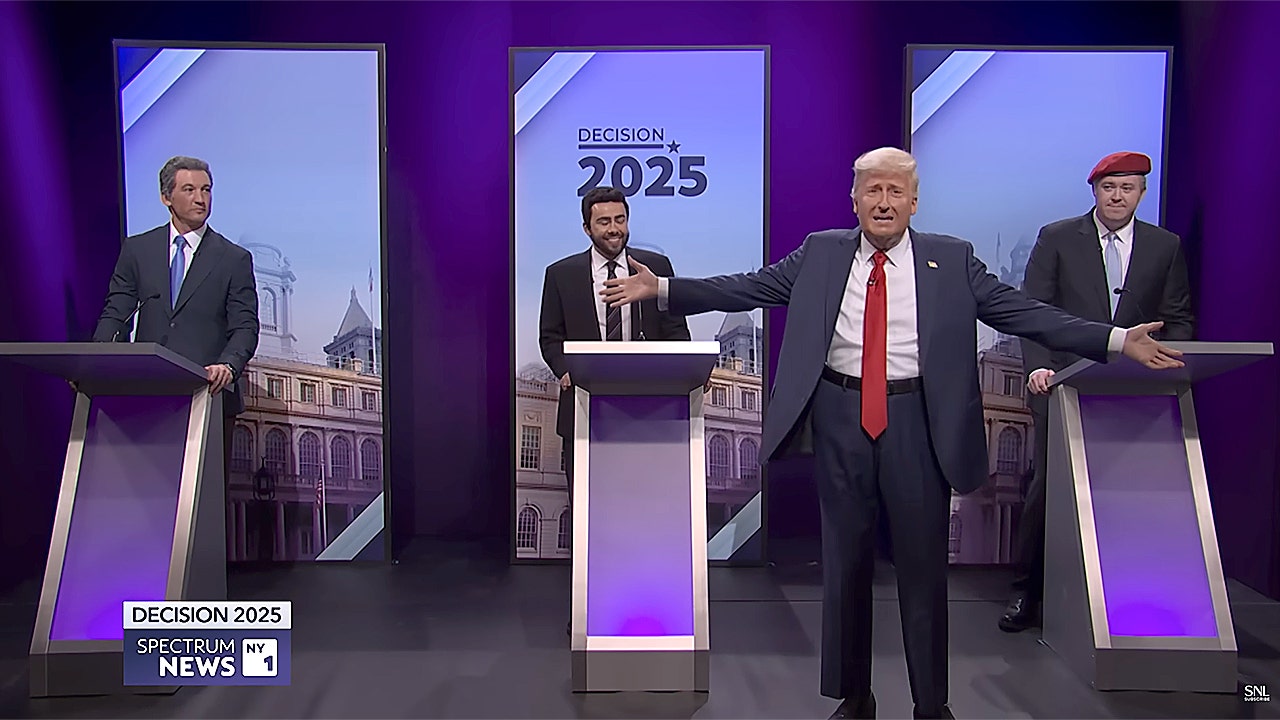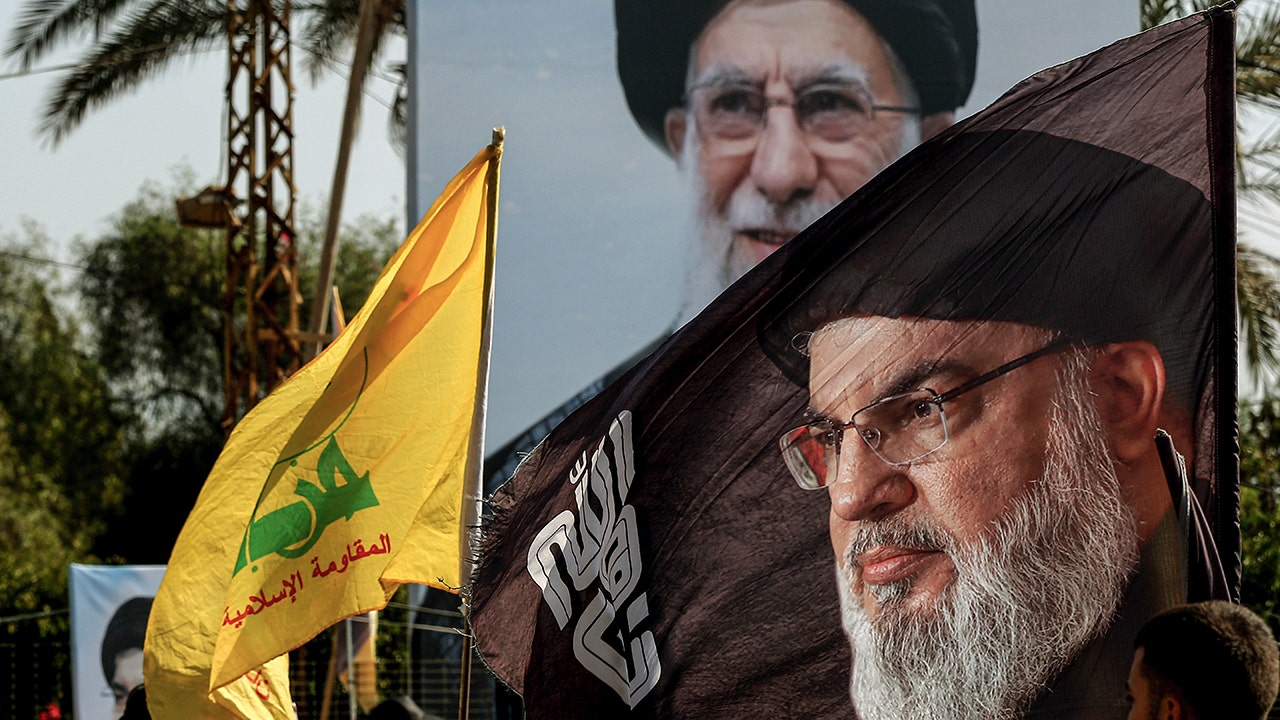Jonathan Mahler’s first book, the 2005 Ladies and Gentlemen, the Bronx Is Burning, was a work of historical journalism that re-created the summer and fall of 1977. Mahler interweaved the story of the New York Yankees World Series-winning season with the chaotic events in the city that year, including the Son of Sam murders, the massive city-wide blackout that summer, and the free-for-all mayoral election that featured Ed Koch, Mario Cuomo, and Bella Abzug.
Now Mahler, a staff writer for the New York Times Magazine, is out with a kind of sequel titled The Gods of New York: Egotists, Idealists, Opportunities, and the Birth of the Modern City, 1986-1990, which features some of the same journalistic narrative history as he brings alive another tense and trying period in the city’s history. Mahler tells his story with depth and verve and, overall, is a relatively reliable narrator of these years.
The Gods of New York features a litany of individuals who would soon become household names: Rudy Giuliani, Spike Lee, and Al Sharpton. Even Anthony Fauci makes a cameo appearance. Hovering over the book is the figure of a young and aggressive real estate developer who would personify both the go-go mentality of the era as well as its tabloid celebrity culture: Donald Trump. This is the era made famous by Tom Wolfe’s The Bonfire of the Vanities, which goes nearly unmentioned in Mahler’s book.
The main character of The Gods of New York is Ed Koch, whose third and unhappy term as mayor is covered by the book. Koch had begun his career in the 1960s as an anti-Tammany Hall, Greenwich Village liberal and then transformed himself by the 1970s into a “liberal with sanity.” He brought the city back from the brink of the 1975 financial crisis, put the city on sounder fiscal footing, and clawed back budget authority from the state. The Reagan economic boom fueled a Wall Street revival that brought more money to the city coffers. Things were looking up for New York by the mid-1980s.
This was “Morning in America,” yet in New York, things would soon turn very dark—”four of the most convulsive and consequential years in the modern history of New York,” writes Mahler. The stock market crash of 1986 cooled off the city’s Wall Street-driven economy. Koch, whose first two terms had personified the buoyant and optimistic tones of the mid-1980s, was now snake-bit by political scandals, the scourge of crack cocaine, racial violence, and increasing disorder. By 1990, the city would record over 2,200 murders that year, an almost five-fold increase from 1960.
A growing scandal among outer borough machine bosses, leading to the suicide of Queens boss and Koch ally Donald Manes, tarred the mayor’s squeaky-clean reputation. Koch, a closeted gay man, also felt the wrath of an angry gay community during the ravages of the AIDS epidemic. Homelessness now became a city-wide crisis, with critics blaming the Koch administration, and one homeless woman, Joyce Brown, aka Billie Boggs, becoming a kind of national celebrity, even lecturing at Harvard Law School.
Finally, a series of racially motivated crimes undid the Koch mayoralty. In 1986, a mob of young whites in Howard Beach, Queens, attacked two black men, causing one of them to run onto a highway where he was hit by a car and killed. In 1989, another group of young whites in Bensonhurst, Brooklyn, attacked four African Americans and shot and killed the 16-year-old Yusef Hawkins. Combined with a number of police killings of African Americans in the 1980s, Koch began to bleed support from the black community and would lose the 1989 primary to David Dinkins, who would go on to defeat Rudy Giuliani to become the city’s first black mayor.
Mahler spends a good deal of time on the infamous 1987 Tawana Brawley case, where a young black woman was found in upstate New York covered in feces with racial slurs written upon her body and claiming to have been raped by four white men. The case brought a little-known Brooklyn preacher named Al Sharpton to the public’s attention. Sharpton championed Brawley’s allegations and put pressure on the state’s legal and political authorities to bring her alleged attackers to justice. It all turned out to be a hoax, with Brawley having fabricated the whole story.
Mahler does not shy away from presenting the case in its ugly details, with Sharpton likening Governor Mario Cuomo to the notoriously racist Mississippi politician, Theodore Bilbo, accusing the state’s attorney general, Robert Abrams, of masturbating onto a photo of Brawley, and framing a white New York prosecutor named Steven Pagones of perpetrating the ugly deed. Yet Mahler strangely absolves Sharpton and his allies of guilt, presenting them as victims of white racism, leaving the last word on the hoax to a black Catholic priest from Harlem: “If you create a monster in your lab and then it acts like a monster, I don’t think the creator is in a position to complain.”
If there was a flaw to Mahler’s first book, it was the lack of a larger analysis to accompany the vivid journalistic narrative. With The Gods of New York, Mahler tries to make some larger thematic points, and it is here that the book stumbles. He talks about the decline of the city as a “great working-class city,” which is true up to a point, but The Gods of New York is almost entirely a story of white and black; that millions of immigrants were arriving in New York in the 1980s and 1990s and making lives for themselves during these years goes unsaid.
Most strangely, one could read this book and not realize a renaissance in New York’s fortunes was just a few years down the road under first Giuliani, and then Michael Bloomberg. Giuliani is a main character in The Gods of New York and comes across, not entirely unfairly, as an attention-seeking and politically ambitious U.S. attorney whose prosecutions of white-collar cases often fell apart in the courts. Casual readers might draw an inference from the unflattering portraits of Giuliani and Trump—who during this time was knee-deep in an embarrassing money-losing venture with Atlantic City casinos—that there is a straight line from the politics of the late 1980s, with its corruption, racial tensions, and emphasis on financial capitalism at the expense of the working class, to the era of Donald Trump.
Even in his epilogue, Mahler completely sidesteps the remarkable turnaround of the city under Giuliani. Instead, he writes that “Giuliani manufactured his own reality, feeding the narrative that New York was out of control and that he was the man to restore order.” Anyone living in New York at that time knows full well Giuliani was not manufacturing anything and that the city would become palpably safer, more orderly, and more prosperous within a few years of his 1993 election. The “No Radio” signs that were ubiquitous on parked cars to convince robbers to move on to another car had disappeared. Murders by 2000 had dropped to 673.
The success of the Giuliani-Bloomberg years unfortunately contained the seeds of its own demise. As the city became safer and more affluent, it also became more expensive to live there, leaving a city that was increasingly one driven by the very rich and the very poor. The safer city now attracted legions of young college-educated professionals with no memories of the dark times of the city nor how the city recovered. This is how Bill de Blasio was elected mayor in 2013. And sadly, this historical amnesia explains how the left-wing Zohran Mamdani is on the verge of becoming the city’s next mayor.
The Gods of New York: Egotists, Idealists, Opportunists, and the Birth of the Modern City: 1986-1990
by Jonathan Mahler
Random House, 464 pp., $32
Vincent J. Cannato teaches history at the University of Massachusetts Boston and is the author of The Ungovernable City: John Lindsay and His Struggle to Save New York. He is working on a biography of Francis Cardinal Spellman.
Read the full article here









